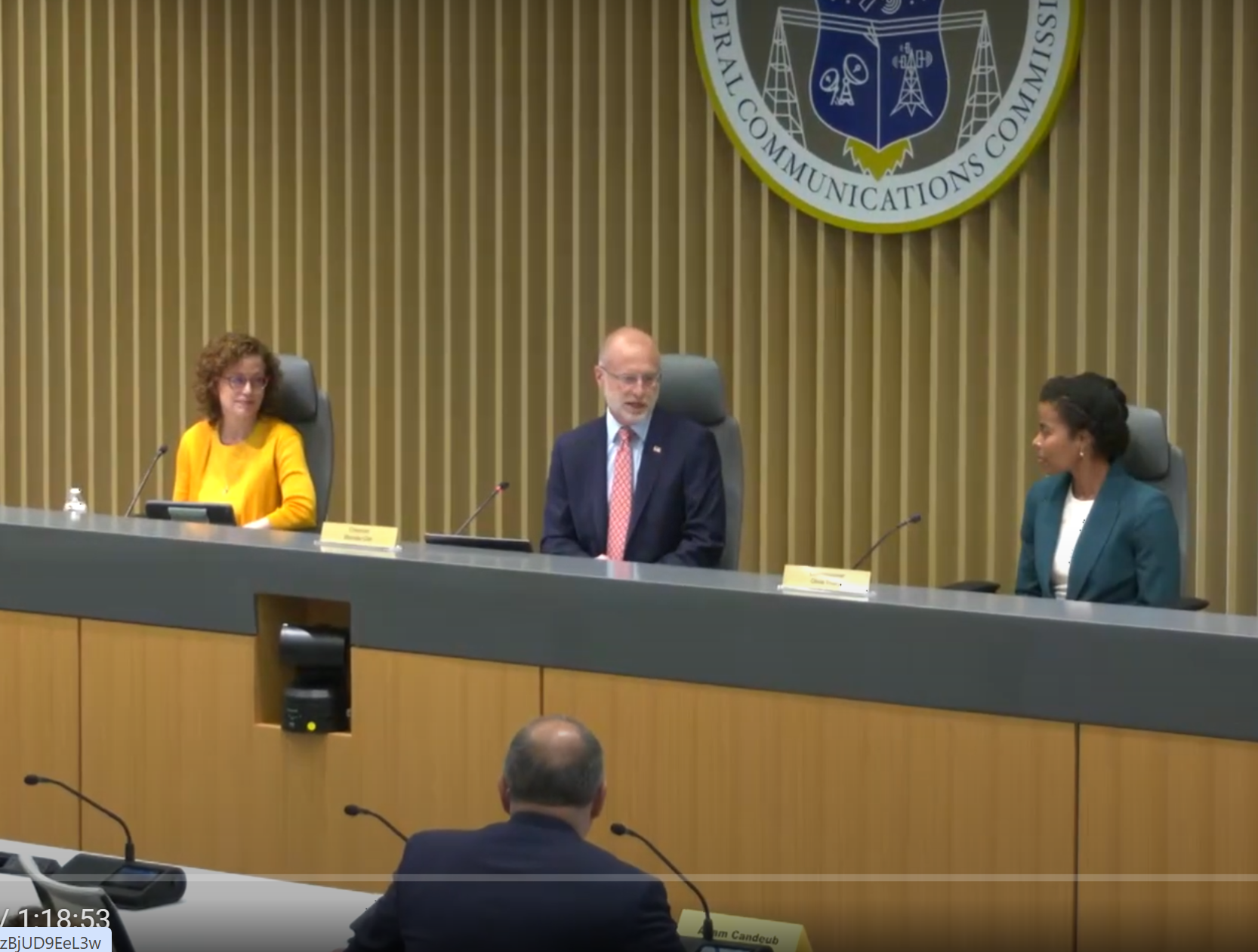Daniel Weber has received a patent for a new way of suppressing co-channel interference in receivers. KSL reporter Alex Cabrero, in his article Cedar City man hopes new radio invention goes sky high thinks it could be a "big deal."
In the KSL report, Weber noted that "with the Selective Sampling Receiver, it has the promise of taking those cataracts off, and being able to actually see much more of what's out there than what can be done today."
The design isn't complicated, Weber says you can buy all the components "for about a a dollar at Radio Shack."
Cabrero's article, and a more detailed article by Jennifer Weaver, Cedar man patents new receiver describe Weber's personal story and his work on the technology.
These articles provide little technical information on the device. I did find more information, including links to the patents, on the Weber Technologies Inc. website. The abstract from the patent gives a good summary of how the technology works:
"A receiver that selectively samples a received signal in order to suppress an interference component of the signal while recovering a desired component. The selective sampling may be accomplished by low cost, low complex analog or digital circuitry. The receiver includes a first input that receives a first signal, including a desired signal component and an interference signal component and a second input that receives a second signal including the interference component only. The first and second signals are then provided to the sampling circuitry. First, the phase of the interference component of the both the first and second signals is aligned. Next, the points in a wave cycle that the second signal is at a power minimum are detected. Finally, first signal is sampled close to the point when the second signal is at the power minimum to recover the desired signal component and suppress the interference component."
Note that the first signal includes both the desired signal and the interference while the second signal has the interference only. This requires antennas with a narrow enough pattern to provide these two signals.
A phased antenna array should be able to provide both signals. This directionality requirement may limit the technologies applicability to handheld devices unless the antenna is able to track the desired signal. It should be very useful in fixed applications or portable applications with directional antennas, such as radar. Weber believes his invention could be used to help pilots navigate through bad weather. In the KSL report he said, "Right now, you really can't do forward imaging of radar signals. They do have radar mapping-type things, but they have to look out to the side. Looking forward is something that is not really done because it's costly and expensive."
Could it find a use in broadcasting?
I see potential applications in ENG receive antennas to improve reception on sector antennas and possibly with indoor TV antennas, which are often subject to interference from other electronics in the house, if the antennas can be made directional enough to provide the two signals required.
The professional video industry's #1 source for news, trends and product and tech information. Sign up below.

Doug Lung is one of America's foremost authorities on broadcast RF technology. As vice president of Broadcast Technology for NBCUniversal Local, H. Douglas Lung leads NBC and Telemundo-owned stations’ RF and transmission affairs, including microwave, radars, satellite uplinks, and FCC technical filings. Beginning his career in 1976 at KSCI in Los Angeles, Lung has nearly 50 years of experience in broadcast television engineering. Beginning in 1985, he led the engineering department for what was to become the Telemundo network and station group, assisting in the design, construction and installation of the company’s broadcast and cable facilities. Other projects include work on the launch of Hawaii’s first UHF TV station, the rollout and testing of the ATSC mobile-handheld standard, and software development related to the incentive auction TV spectrum repack. A longtime columnist for TV Technology, Doug is also a regular contributor to IEEE Broadcast Technology. He is the recipient of the 2023 NAB Television Engineering Award. He also received a Tech Leadership Award from TV Tech publisher Future plc in 2021 and is a member of the IEEE Broadcast Technology Society and the Society of Broadcast Engineers.
